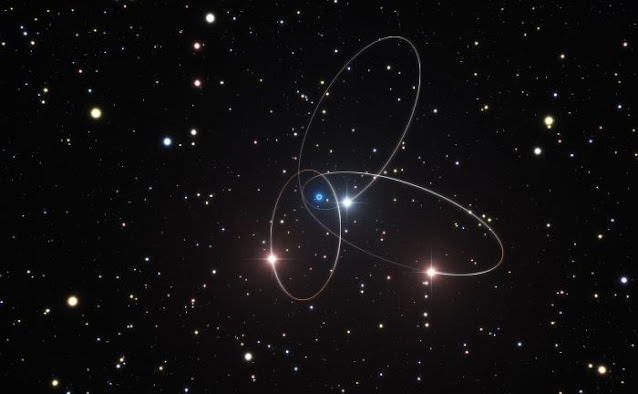Albert Einstein’s general theory of relativity has passed another test. Researchers have discovered a slight adjustment in the orbit of the nearest known star to the supermassive black hole at the heart of the Milky Way after almost three decades of monitoring—and the movement exactly confirms Einstein’s prediction.

The star, known as S2, has a 16-year elliptical orbit. It came near 20 billion kilometers of our black hole, Sagittarius A*, last year. If Isaac Newton’s traditional definition of gravity is correct, S2 should then continue on its previous orbit’s course through space. But it didn’t work.

Instead, it took a slightly divergent route, with the axis of its ellipse altering slightly, according to research published today in Astronomy & Astrophysics by a team employing the European Southern Observatory’s Very Large Telescope. As predicted by general relativity, the process known as Schwarzschild precession will eventually force S2 to trace out a spirograph-like floral pattern in space (as illustrated above).
The researchers claim that their comprehensive monitoring of S2 will let them analyze how much unseen material, including dark matter and smaller black holes, exists near Sagittarius A*, in addition to another demanding test of relativity. This might aid them in understanding how such behemoths develop and evolve.






